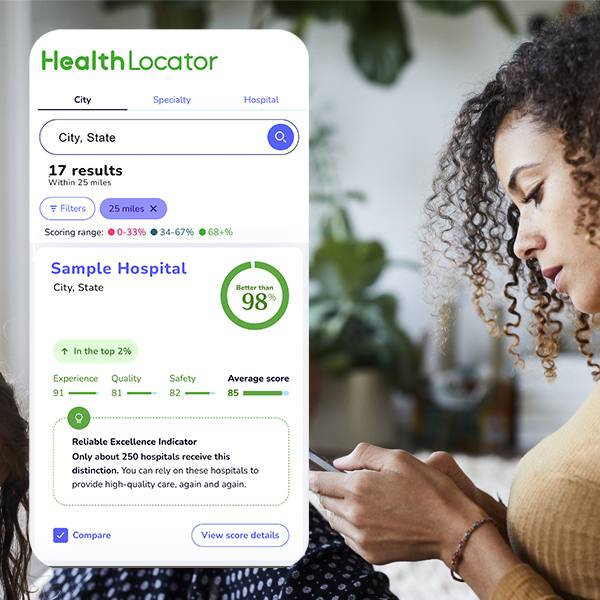
DEAR MAYO CLINIC: As I have gotten older, doctors have placed me on more medications, such as for blood pressure and cholesterol. Also, as I age, I have chosen to take some supplements that are supposed to improve my memory, reduce cholesterol and prevent cancer. Should I worry about these supplements interacting with one another or my medications?
ANSWER: With age come more chronic health conditions. Also, some people may develop deficiencies in certain vitamins as they age. Thankfully, an array of prescription and over-the-counter medications, as well as dietary supplements and vitamins, are available to alleviate symptoms, slow the advancement of many age-related chronic health conditions and help people maintain good health.
Over the years, though, store shelves have become crowded with hundreds of herbal supplements and other nutritional enhancers that make various claims about supporting physical and mental health and function.
The word used by many to describe taking multiple prescription and over-the-counter medications, and dietary and herbal supplements, is "polypharmacy." Although it has many definitions, the broadest definition of polypharmacy is the simultaneous use of multiple medications or supplements to treat one or more medical conditions in one patient.
The challenge is that with age come more medical conditions. And with those conditions come more health care providers to treat them. Unless patients ensure every provider has an up-to-date medication and supplement list, providers may not accurately know what patients take or communicate about risks related to those medications and supplements. As people take more and more medications and supplements, the chances for interactions increase.
For example, consider a patient who was prescribed a statin to lower cholesterol. However, after seeing an advertisement that promotes red yeast rice as being good for managing cholesterol, she began taking it. Red yeast rice naturally contains lovastatin, a naturally occurring statin. Without realizing, this patient began duplicating therapy with the atorvastatin her health care provider had prescribed. She began experiencing leg cramping, muscle soreness and elevated liver function tests from this drug interaction.
While it is important to talk with your provider and pharmacist about what you take to avoid too much medication, it is also important to avoid a deficit.
Consider vegetarian or vegan patients who are newly diagnosed with Type 2 diabetes. Often these people take a B-12 supplement because they do not eat meat. However, standard therapy for a Type 2 diabetic is a medication known as metformin, which can deplete B-12 in some patients. So now having started the metformin, these people require more B-12 supplementation than before. To complicate matters, if they were already taking or start an anti-reflux, anti-ulcer medication such as omeprazole, which lowers stomach acid production, B-12 deficiency can further worsen, since B-12 depends on stomach acid for absorption.
There are other examples of supplement or prescription interactions. For instance, taking calcium with a vitamin D supplement for osteoporosis, and a multivitamin containing vitamin D, may raise calcium in the urine enough to increase the risk of forming kidney stones. Taking a narcotic pain reliever for acute or chronic pain when already taking an anti-anxiety medication like alprazolam can result in a loss of consciousness. Even worse would be if people drink an alcoholic beverage having both alprazolam and a narcotic in their system.
Herbal supplements can pose a risk in polypharmacy patients because they also may affect the metabolism of a medication or other supplements. Resveratrol, which is found in grape skins, is often taken as an antioxidant supplement. Some evidence suggests that it can slow the metabolism of certain common medications and cause side effects. Gingko biloba, which is used for memory, can have an anti-platelet effect, increasing the risk of severe bleeding in those patients already taking anticoagulants such as warfarin or apixaban.
When taking multiple prescription medications or over-the-counter drugs, and supplements, review them at least annually. Seeking out a specialty pharmacy or a polypharmacy pharmacist is ideal, as the pharmacist can identify possible drug interactions or adverse drug reactions caused by the various components and can partner with your health care providers to avoid future issues. Also, speak to the pharmacist anytime you are prescribed a new medication so you can review current prescriptions and supplements to identify any potential concerns. — Michael Schuh, Pharm.D., Department of Pharmacy, Mayo Clinic, Jacksonville, Florida
****************************
Related Articles
- Mayo Clinic Q and A: Reducing the risk of medication errors published 9/27/21
- Medications and supplements that can raise your blood pressure published 3/1/21
- Home Remedies: Herbal supplements may not mix with heart medicines published 2/26/20
- Mayo Clinic Q and A: Dietary supplements useful in some situations, but also can be harmful published 1/14/20
- Consumer Health: Is your daily dose of citrus interfering with your medications? published 1/10/20
Related Articles







